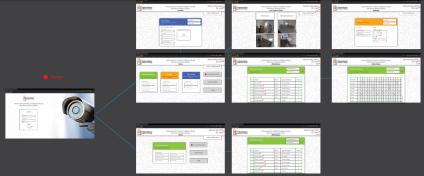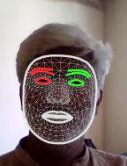Introduction
Ophthalmologists find it extremely imperative that their patients who wear braces follow a strict maintenance regime. The primary goal was to design braces follow a strict maintenance regime. The primary goal was to design and develop a web interface that offered a GAME theory based reward to the kids for brushing regularly and collecting data that assists the dentist for future diagnosis.



